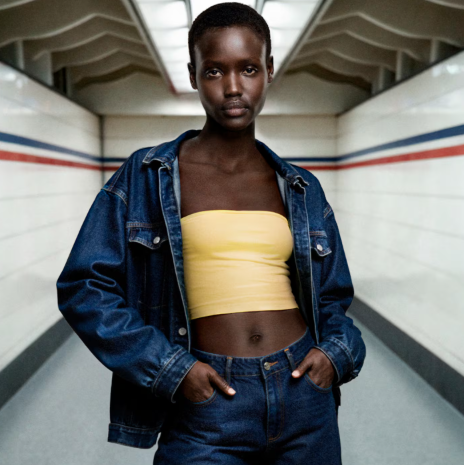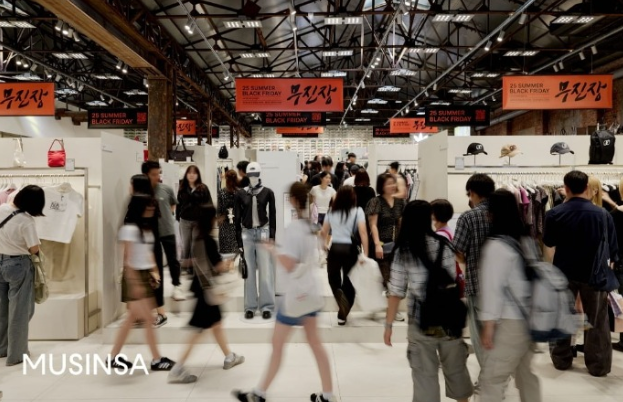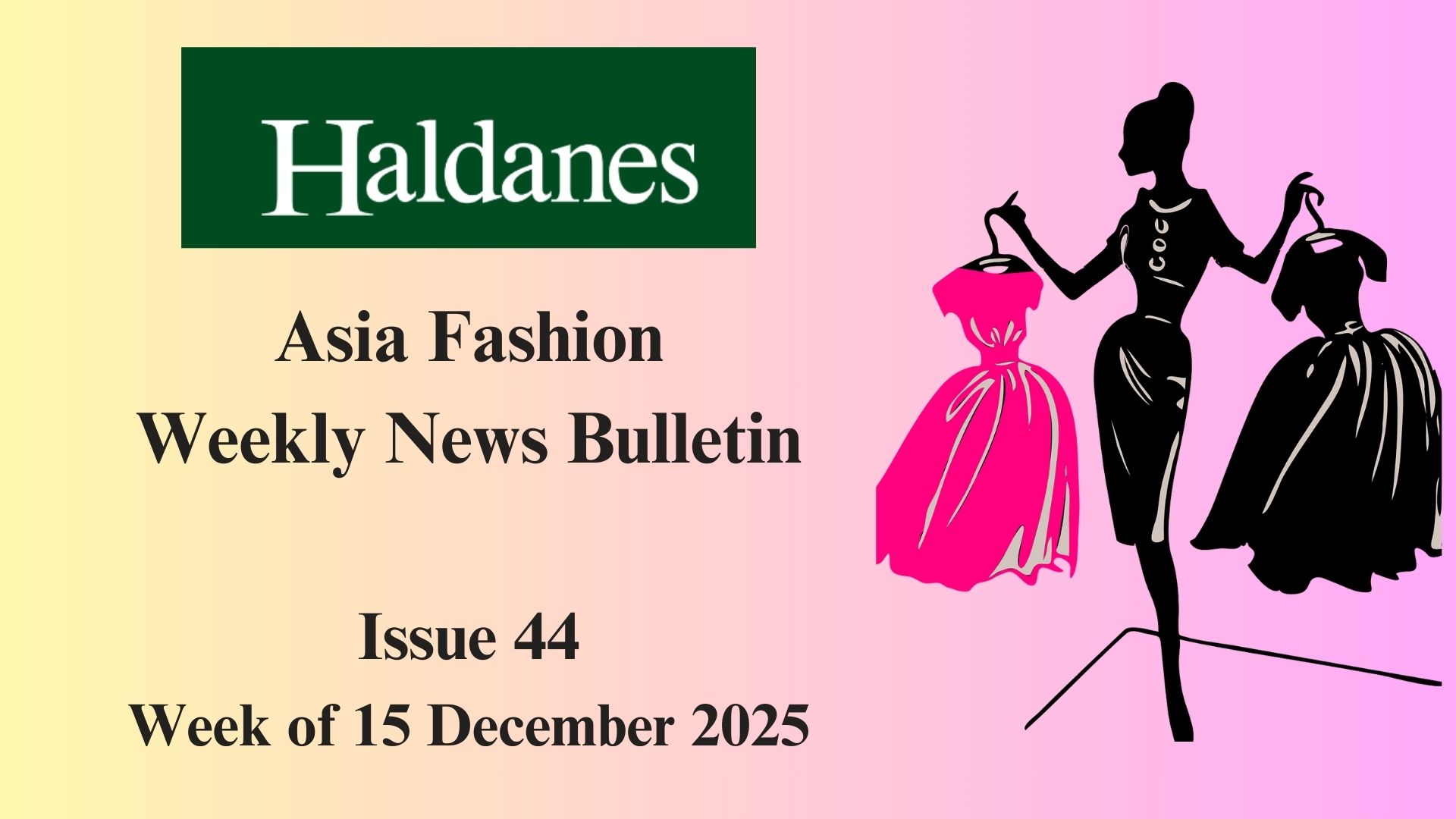Asia Fashion Weekly News Bulletin – ISSUE 22 Week of 7 July 2025
(1) LVMH Enhances Its American Structure, Appoints Michael Burke as President and CEO
LVMH has appointed Michael Burke as president and chief executive officer of the Americas to strengthen its presence in a key market and oversee regional operations.
(2) Bain & Company: Luxury loses 15 million shoppers as China and US falter
The luxury industry is facing falling sales, shifting consumer behaviour and mounting pressure across global markets, with China’s slowdown and rising prices as key concerns.
(3) H&M Releases First Images With AI Digital Twins
H&M has introduced AI-generated digital twins of real models, sparking debate over creativity, control and the future of jobs in fashion.
(4) Musinsa Targets Chinese Market Through Joint Venture with ANTA
South Korea’s leading fashion platform and China’s leading sportswear company will form a 60:40 JV in China.
(1) LVMH Enhances Its American Structure, Appoints Michael Burke as President and CEO

(Photo Credit: Jean-Francois Monier/ AFP)
Luxury giant LVMH has created a new role of president and chief executive officer for the Americas and appointed Michael Burke to lead it. Based in New York, Burke will oversee operations in North and South Americas during a time of geopolitical change. This move reflects LVMH’s commitment to strengthening its presence and investment in the region.
Burke is a long-time associate of Bernard Arnault and has held senior roles across several LVMH brands, including Louis Vuitton, Fendi and Bulgari. His appointment to this new position confirms he will not lead the LVMH Fashion Group, as was previously anticipated. Both Anish Melwani of LVMH Inc. and Davide Marcovitch of LVMH Latin America will now report directly to him.
The Americas already account for nearly a quarter of LVMH’s global revenue, with over 1,100 stores and 45,000 employees in the United States alone. The group sees strong growth potential in this market, despite trade challenges. Burke’s leadership is expected to help strengthen brand desirability and expand the company’s footprint across the region.
News Source: https://www.modaes.com/global/companies/lvmh-reinforces-its-structure-in-the-americas-and-puts-the-historic-michael-burke-at-the-helm
(2) Bain & Company: Luxury loses 15 million shoppers as China and US falter

(Photo Credit: Claudia d’Arpizio – Bain & Company/ Fashion Network)
The global luxury sector began 2025 on uncertain footing, with a five percent drop in first‑quarter performance largely driven by slowing demand in China and rising prices worldwide. According to Claudia d’Arpizio of Bain & Company, consumers in China are now more reluctant to display wealth, a shift she refers to as “luxury shame.” While the Middle East is showing signs of growth, Japan remains stagnant, and India and Southeast Asia are only gradually beginning to fill the gap.
Luxury brands are facing changing customer behaviour, with a notable decline in high-end product sales. Global volumes fell between twenty and twenty five percent in 2024, prompting brands to raise prices, reduce output and tighten their distribution. This has led to the loss of nearly 15 million customers, out of a global base of around 400 million. Shoppers are now more selective, seeking meaningful value and authenticity over brand prestige alone, which has created inconsistencies in performance across the industry.
Claudia d’Arpizio warns that luxury risks losing its aspirational appeal, becoming too expensive and disconnected from consumers. Meanwhile, supply chain pressure is intensifying, with rising production costs squeezing suppliers and China advancing its domestic manufacturing capabilities, further shifting the global balance.
News Source: https://ww.fashionnetwork.com/news/Bain-luxury-loses-15-million-shoppers-as-china-and-us-falter,1747399.html
(3) H&M Releases First Images With AI Digital Twins

(Photo Credit: A digital twin by H&M/ H&M)
H&M has released its first images of AI-generated models, following its announcement in March 2025 to develop digital twins of real-life models. The debut came via Instagram, alongside interviews with chief creative officer Jörgen Andersson and model Vanessa Moody, who explained that the technology is meant to complement, not replace, traditional fashion modelling.
The Swedish retailer has worked directly with human models to produce their digital counterparts, ensuring they maintain control over their likenesses. Although the initiative aims to reimagine creative storytelling through technology, it has sparked debate about its potential impact on industry jobs, including those of models, photographers and stylists.
Despite the concerns, H&M maintains that the approach reflects both innovation and its commitment to a human-centred brand identity. The company plans to roll out additional AI-generated imagery in various cities throughout the autumn, signalling a broader shift in how fashion content is produced and consumed.
News Source: https://www.businessoffashion.com/news/technology/hm-releases-first-images-with-ai-digital-twins/
(4) Musinsa Targets Chinese Market Through Joint Venture with ANTA

(Photo Credit: Musinsa)
South Korean fashion platform Musinsa is expanding into China through a joint venture with ANTA Sports, China’s leading sportswear company. Musinsa will hold a 60 percent stake and manage operations, while ANTA secures 40 percent with non-cash contributions. Their first offline shop, Musinsa Standard, is set to open in Shanghai later this year, as Musinsa prepares for an initial public offering and seeks to prove its global reach.
ANTA, known for brands like FILA and Descente, is the world’s third-largest sportswear company. Its partnership with Musinsa marks its first move into casual and streetwear, allowing it to broaden its fashion offerings. Earlier this year, ANTA invested 50 billion won in Musinsa, acquiring a small stake. The collaboration aims to tap into ANTA’s distribution network across China to boost Musinsa’s presence in the growing market.
Interest in Korean fashion has risen sharply among younger Chinese consumers. Brands like Mardi Mercredi, Matin Kim and Gentle Monster have become increasingly popular, and data shows a growing share of Chinese customers buying Korean fashion both in Korea and online. This cultural shift, along with a 45.5% increase in Korean clothing exports to China from 2020 to 2024, signals a promising outlook for Musinsa’s expansion.
News Source: https://www.kedglobal.com/fashion/newsView/ked202507090002


